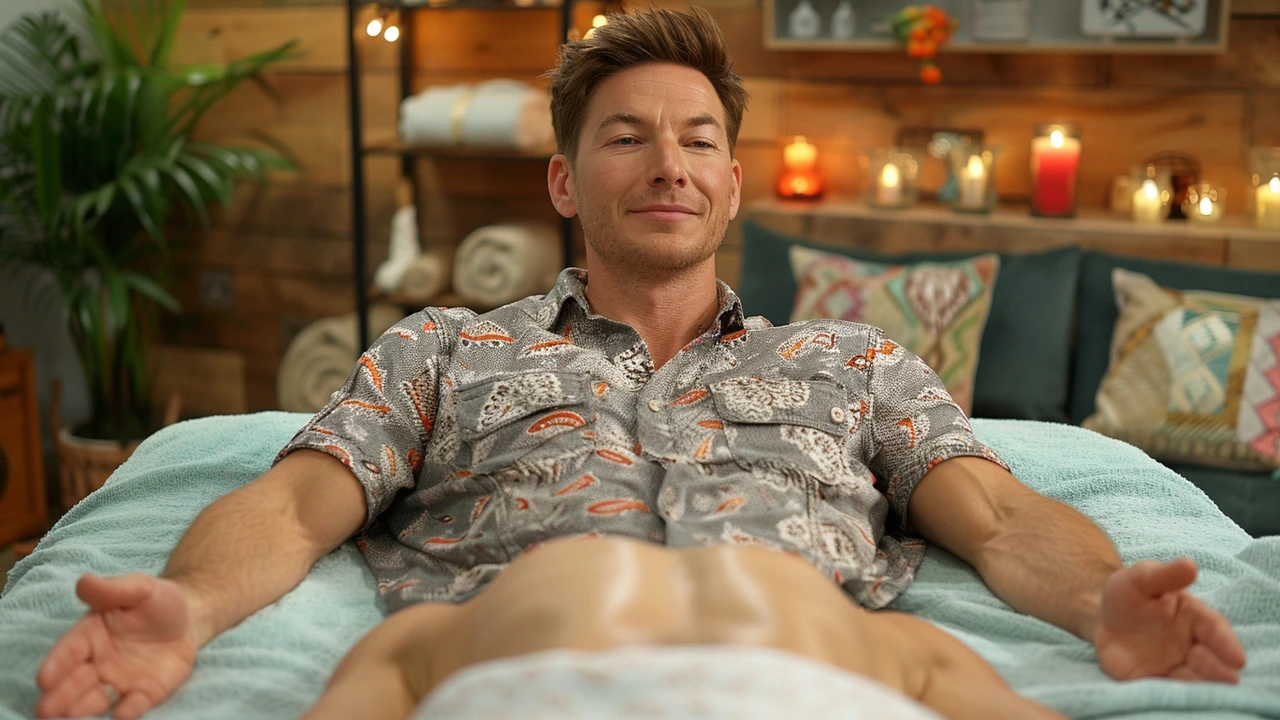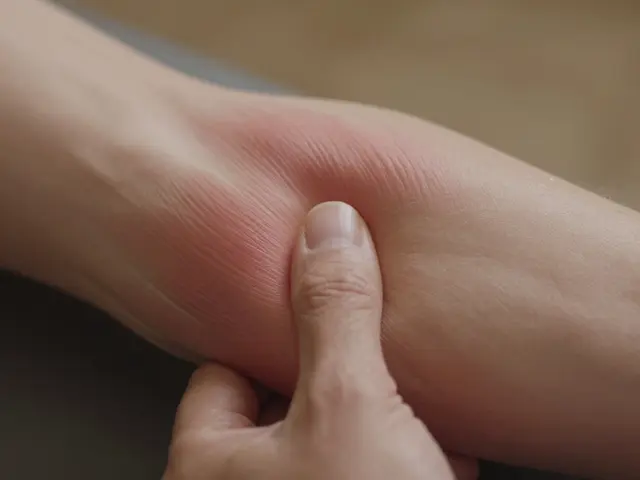Relaxation Technique: Practical Ways to Calm Your Body and Mind
Feeling tense? A good relaxation technique can do more than make you feel better for an hour — it can ease pain, improve sleep, and sharpen focus. This page collects easy, real-world methods you can try now: from acupressure and warm stone massage to mindful movement like Feldenkrais. No fluff, just clear tips so you can pick what fits your day.
Quick picks for different goals
If you want stress relief fast, try simple acupressure: press the space between your thumb and index finger for 30–60 seconds to calm headaches and stress. For sore muscles after a workout, Amma or trigger point massage gives targeted relief. Need better posture and less daily pain? Short Feldenkrais or Hellerwork sessions focus on gentle movement and body alignment. Want deep relaxation and mood lift? Warm stone or Lomi Lomi massage soothes both muscle tension and the nervous system.
Match the technique to how you feel and what you need. If pain is sharp or sudden, see a doctor before trying bodywork. For chronic aches or posture issues, look for a certified practitioner in that method—ask about training and experience. For simple stress relief at home, use breathing, acupressure, or a short body-awareness routine.
How to try these techniques at home
Start with a 5-minute routine you can repeat. Try this: 1) Sit or lie down comfortably, 2) take four slow belly breaths in and out, 3) press the acupressure point between thumb and index finger for 45 seconds, 4) do three slow shoulder rolls, 5) finish with one minute of scanning your body from head to toe, releasing tight spots. That short sequence helps reset your nervous system and is a great primer before a massage or mindful movement session.
Want a deeper at-home option? Warm stone techniques are easy with heated rice packs or warmed towels placed on tense areas for 5–10 minutes. For trigger points, use a small, firm ball against a wall or floor: lean into the knot until it eases, then move slightly to locate the tender spot. Keep pressure gentle and stop if pain spikes.
When booking professional sessions, ask what to expect: session length, typical pressure, and any contraindications. A good therapist explains why a technique is chosen and gives aftercare tips—like hydration, light stretching, or a short walk. Frequency varies: once for stress relief, weekly for chronic issues, or monthly for maintenance. Trust your body—techniques should ease tension, not create new pain.
Pick one new method this week and stick with it for 2–4 sessions before judging results. Small, consistent steps usually beat big, occasional fixes. If you’re curious about specific styles listed here, explore articles on acupressure, Hilot, Ortho-Bionomy, Feldenkrais, and warm stone therapy to learn what fits you best.

Blind Massage: Discovering a Unique Sensory Experience for Optimal Relaxation
Explore the world of blind massage, a unique therapeutic practice that offers a heightened sensory experience. This article delves into its origins, benefits, and what to expect during a session. Learn how blind massage can lead to deeper relaxation and mindfulness.
Categories
- Health and Wellness (148)
- Alternative Therapies (86)
- Massage Therapy (40)
- Travel and Culture (15)
- Beauty and Skincare (9)
- Holistic Health (8)
- Health and Fitness (5)
- Spirituality (5)
- Other (2)
- Personal Development (2)



